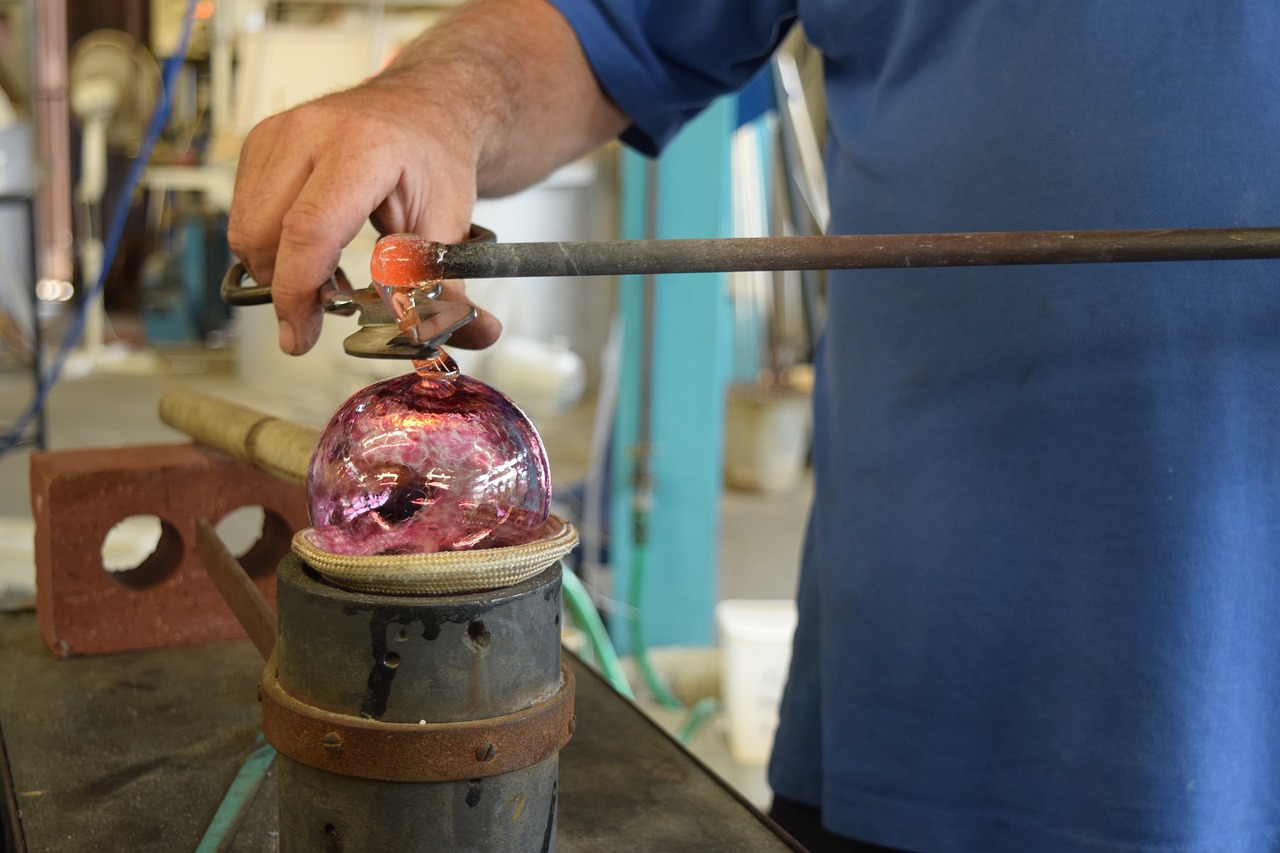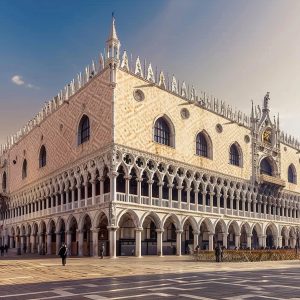Murano glass Museum: a journey through the history and art of glass
- 3 min read
The Murano Glass Museum, a magical place where the history and art of glass come to life. Located in an ancient palace rich in history, the museum will take you on a chronological journey through seven hundred years of glassmaking mastery, from Roman times to the present day.


Venice 11 Museum Pass + Skiptheline Entry to Doge's Palace
Access 11 museums with skip-the-line, including the Doge's Palace. The Civic Museums of Venice, a journey through art, history, and traditions.
The palace and its history
The palace housing the Murano Glass Museum has a fascinating history. Originally a patrician residence in the florid Gothic style, the palace was transformed by the Bishop of Torcello in 1689 and later acquired by the diocese. Radically renovated under the design of architect Antonio Gaspari, the palace still preserves frescoes and decorations that tell the story of the Giustinian family and the diocese of Torcello. In 1861, the palace became the site of the Murano museum-archive, which has expanded over the years to occupy the entire building.
The Visitor’s Path
The visitor’s path at the Murano Glass Museum is a journey through the ages and glassmaking techniques. From the origins of glass in Roman times to the most modern creations, the museum will guide you through the various stages of glass production in Murano. You can admire Roman-era artifacts, masterpieces from the 14th and 17th centuries, and renowned works of art from around the world. The museum’s sections will lead you through the techniques and secrets of Murano glass art, offering a unique and engaging experience.
The Origins of Glass
The history of glass has ancient roots, dating back more than four thousand years. Accidentally discovered on the banks of a river in Syria, glass has undergone centuries of evolution and innovation. From the first production centers in Mesopotamia and Egypt, glass spread throughout the Mediterranean thanks to the Romans, who gave new impetus to glass production. The works displayed at the Murano Glass Museum document this millennial journey, offering a wide variety of ancient objects and Roman artworks that inspired the Murano masters.
Between the 14th and 17th Centuries: The Golden Age
The Middle Ages and the Renaissance marked a golden age for Venetian glass art. Thanks to contacts with the Middle East, Venetian glassmakers learned new techniques and styles that made them famous worldwide. The invention of crystal glass by Angelo Barovier was a turning point, bringing Murano glass to new heights of prestige and refinement. In the 16th century, Murano production stood out for its virtuosity and creativity, with new decorative techniques and bizarre shapes that captivated Europe. The 17th century saw the invention of aventurine and new experiments that enriched Murano’s glassmaking repertoire.
The 18th Century: Fashion and Creativity
At the beginning of the 18th century, Murano glass production faced challenges and changes. Bohemian competition and economic crisis pushed glassmakers to innovate and adapt to new times. Giuseppe Briati was one of the protagonists of this period, with his innovative creations and famous multi-armed crystal chandeliers. Collaboration between artists and designers led to new experiments and creations that marked Venetian glass art of the 18th century. Venetian beads, filigree productions, and mimicry glass were some of the techniques and styles that characterized this period of rebirth and creativity.
The Murano Glass Museum is an extraordinary place where the history and art of glass come to life. Through its collections and exhibitions, the museum will take you on a fascinating journey through seven hundred years of glassmaking mastery, offering a unique and unforgettable experience. Come and discover the charm and beauty of Murano glass, an ancient art that continues to enchant and amaze the entire world.
